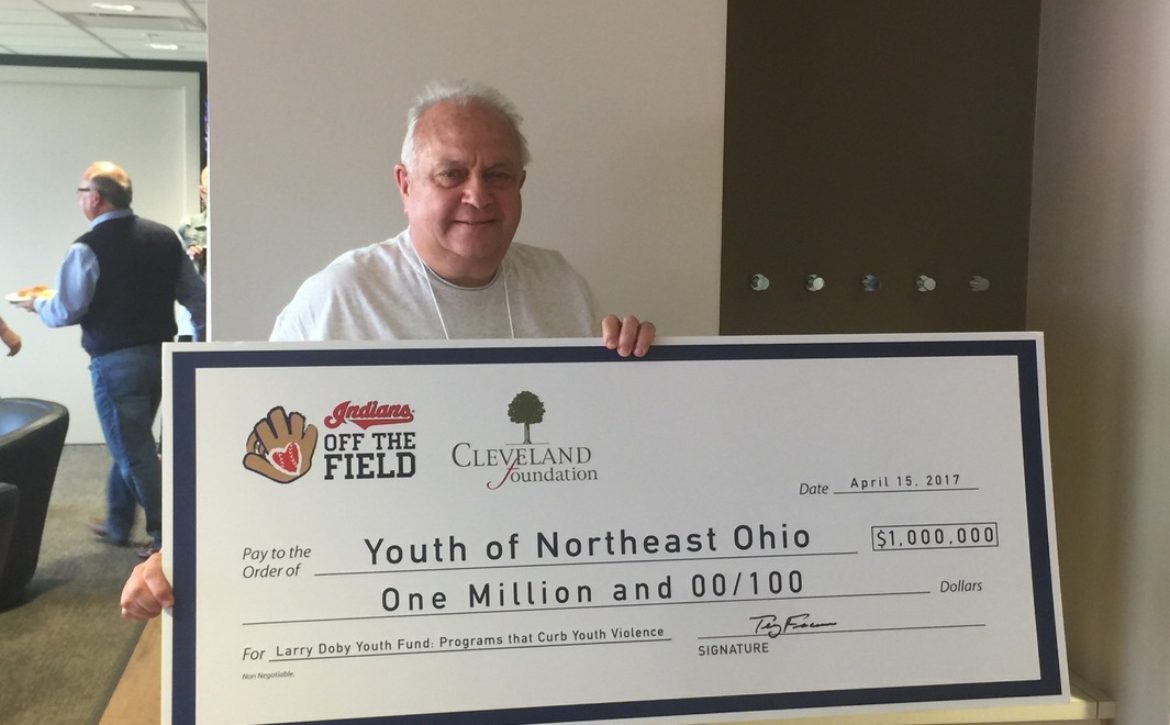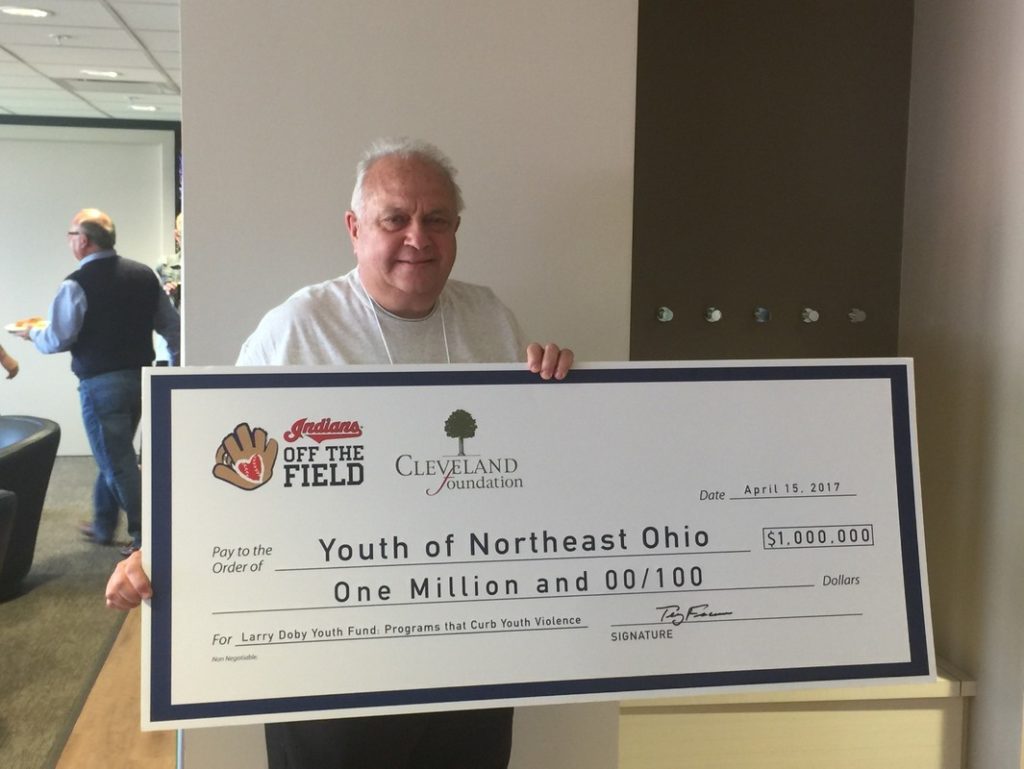Press Release: Mike Walker Officially Retires from the Partnership for a Safer Cleveland
FOR IMMEDIATE RELEASE: July 1, 2025
CLEVELAND, OH — The Partnership for a Safer Cleveland formally announces the official retirement of longtime Executive Director Mike Walker, effective July 1, 2025, after more than 30 years of visionary leadership. Walker will remain engaged with the Partnership in an advisory capacity. His exact role moving forward is still being determined by the Partnership’s Board of Trustees.
Mike Walker has been the heart and conscience of the Partnership for decades,” said Judge Ronald B. Adrine (ret.), Board Chair of the Partnership for a Safer Cleveland. “His leadership helped transform the way our community approaches safety, violence prevention, and youth development. We are deeply grateful for his service and look forward to continuing to work with him in new ways.”
Throughout his tenure, Walker was a tireless advocate for building trust between communities and law enforcement, spearheading innovative violence prevention strategies, and expanding support for at-risk youth. Walker’s work has been pivotal in shaping Cleveland’s safety landscape through partnerships that prioritize equity, dignity, and long-term impact.
It has been the privilege of a lifetime to serve this city and its people,” said Walker. “While I’m retiring from my official duties, I remain deeply committed to the Partnership’s mission and to supporting its work in the months, years and decades ahead.”
Beginning July 1, 2025, Doug Merritt will step into the role of Interim Executive Director. Merritt joined the Partnership as Communications Director in 2023 and brings more than a decade of experience in strategic communications and leadership, in addition to four years of service on the Partnership’s Board of Trustees. A longtime contributor to the STANCE initiative and a recent Stokes Fellow graduate from Cleveland Leadership Center’s Advanced Leadership Institute, Merritt has demonstrated a deep commitment to the organization’s mission and values.
Doug has the trust of our team, our partners, and the community,” added Judge Adrine. “We are confident in his ability to lead the organization with purpose and stability during this important transition.”
The Partnership for a Safer Cleveland now begins its formal search for a permanent Executive Director in 2026 and will engage in active fundraising to support this next phase of leadership and growth.
###
ABOUT THE PARTNERSHIP: Partnership for a Safer Cleveland is a collaborative, safety-centered intermediary advocating for an end to community violence. Leveraging over 40 years as a convener and trusted partner, we serve as a critical conduit between government, law enforcement, the legal system, nonprofits, and invested citizens to advance solutions to Greater Cleveland’s most pressing safety concerns.
Contact: Doug Merritt I Executive Director I dmerritt@safercleveland.org



